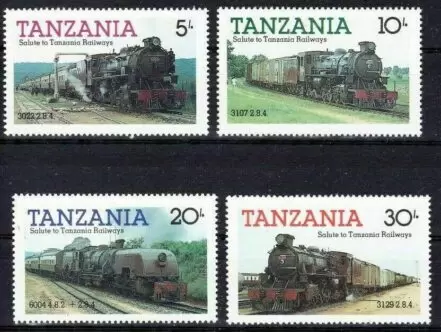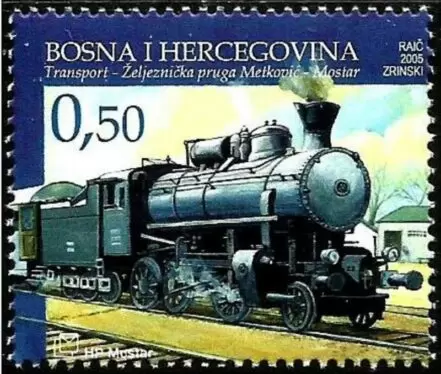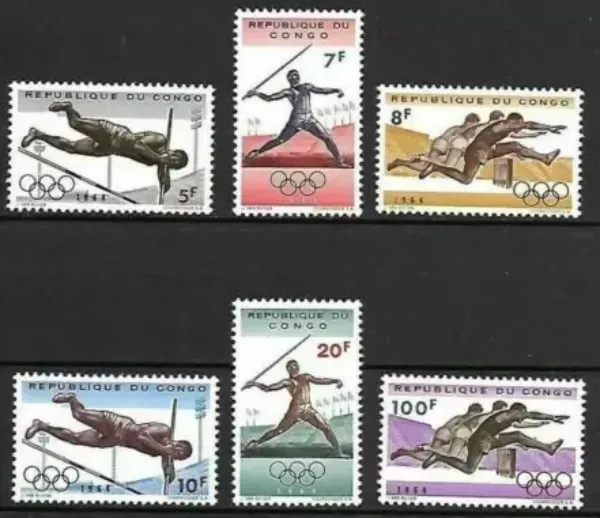Tanzania year 1985 stamps Locomotive Railway Steam Locomotives full set MNH
Steam locomotives played a crucial role in the history of railway transportation, particularly during the 19th and early 20th centuries. Here’s an overview of steam locomotives and their significance in the development of railways:
- Invention and Early Development: The steam locomotive was invented in the early 19th century, with the pioneering work of engineers such as George Stephenson in the United Kingdom and John Stevens in the United States. The development of the steam locomotive revolutionized transportation by enabling faster, more efficient, and more reliable movement of goods and passengers over long distances.
- Mechanical Design: Steam locomotives are powered by steam engines, which generate motion by converting the energy of pressurized steam into mechanical force. The basic components of a steam locomotive include a boiler to generate steam, cylinders to convert the steam’s energy into motion, and driving wheels to propel the locomotive forward. The steam is produced by heating water in the boiler using coal, wood, or oil as fuel.
- Variety of Designs: Steam locomotives came in various designs and configurations to suit different purposes and operating conditions. These included types such as:
- The “American” type: characterized by a 4-4-0 wheel arrangement, widely used in North America for passenger and freight service.
- The “Pacific” type: with a 4-6-2 wheel arrangement, popular for high-speed passenger trains.
- The “Mikado” type: featuring a 2-8-2 wheel arrangement, commonly used for heavy freight service.
- The “Consolidation” and “Mogul” types: with 2-8-0 and 2-6-0 wheel arrangements, respectively, favored for freight hauling.
- Golden Age of Steam: The late 19th and early 20th centuries are often referred to as the “Golden Age of Steam,” a period when steam locomotives reached their peak of development and were the dominant form of railway motive power worldwide. During this time, steam locomotives were used for a wide range of applications, including long-distance passenger trains, freight hauling, industrial transportation, and even military operations.
- Decline and Legacy: The advent of diesel and electric locomotives in the mid-20th century gradually led to the decline of steam power on railways, as these new technologies offered greater efficiency, reliability, and environmental performance. However, steam locomotives remain beloved by railway enthusiasts and are preserved in museums, heritage railways, and operating tourist trains around the world, serving as a tangible reminder of the bygone era of steam-powered transportation.










Reviews
There are no reviews yet.